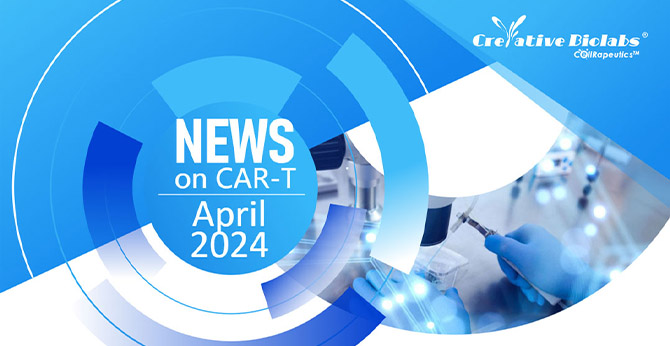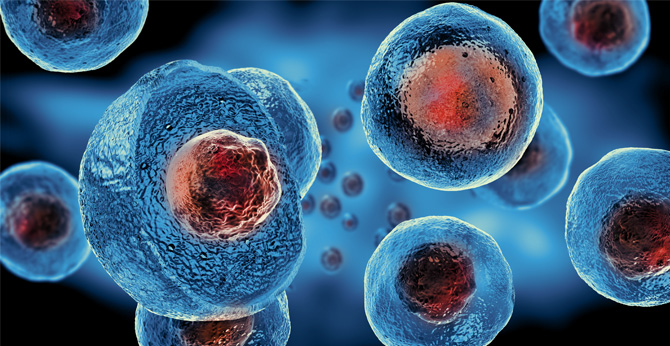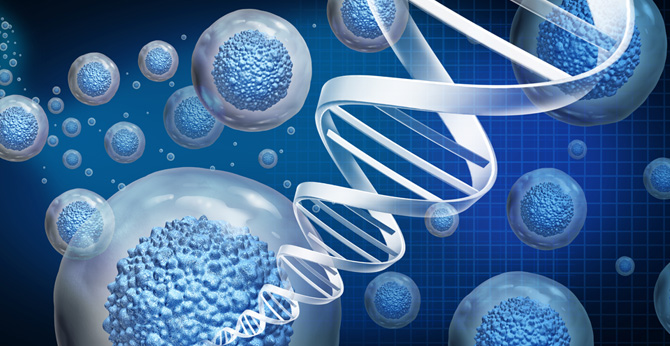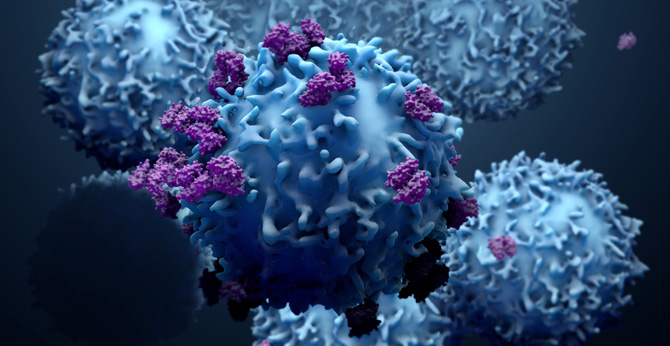All products and services are For Research Use Only and CANNOT be used in the treatment or diagnosis of disease.
Gamma-Delta (γδ) T cells are a distinct subset of T cells based on variable chains in the T cell receptor (TCR) protein complex. Although only 1%-5% of circulating T cells are γδ T cells, these cells are very abundant on the epithelial surface. γδ T cells exhibit functional characteristics of the innate and adoptive immune systems by expressing cytotoxic receptors such as NKG2D, NKp30 and/or NKp44 and Toll-like receptors (TLRs). γδ CARs work independently of the MHC, a function that distinguishes these cells from αβ T cells. Furthermore, upon activation, γδ T cells can act as professional antigen-presenting cells to activate CD8 αβ T cells by cross-presenting tumor antigens. Given these characteristics, adoptive transfer of CAR-modified γδ T cells may be a viable potential therapeutic option.
Our CAR γδ T cells are engineered by incorporating a second-generation CAR into γδ T cells using the non-viral Sleeping Beauty (SB) transposon or CAR lentiviral transduction technology. These CAR γδ T cells are expected to enhance the tumor killing and expansion capabilities of unmodified γδ T cells.
There are currently no customer reviews or questions for Anti-CD33 (XP5-2011) h(4-1BB-CD3ζ) CAR-γδ T Cells (XS-0522-ZP2011). Click the button below to contact us or submit your feedback about this product.
For research use only. Not intended for any clinical use. No products from Creative Biolabs may be resold, modified for resale or used to manufacture commercial products without prior written approval from Creative Biolabs.
For any technical issues or product/service related questions, please leave your information below. Our team will contact you soon.
 NEWSLETTER
NEWSLETTER
The latest newsletter to introduce the latest breaking information, our site updates, field and other scientific news, important events, and insights from industry leaders
LEARN MORE NEWSLETTER NEW SOLUTION
NEW SOLUTION
CellRapeutics™ In Vivo Cell Engineering: One-stop in vivo T/B/NK cell and macrophage engineering services covering vectors construction to function verification.
LEARN MORE SOLUTION NOVEL TECHNOLOGY
NOVEL TECHNOLOGY
Silence™ CAR-T Cell: A novel platform to enhance CAR-T cell immunotherapy by combining RNAi technology to suppress genes that may impede CAR functionality.
LEARN MORE NOVEL TECHNOLOGY NEW SOLUTION
NEW SOLUTION
Canine CAR-T Therapy Development: From early target discovery, CAR design and construction, cell culture, and transfection, to in vitro and in vivo function validation.
LEARN MORE SOLUTION